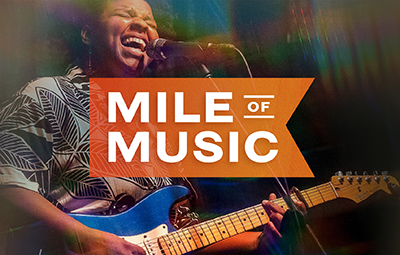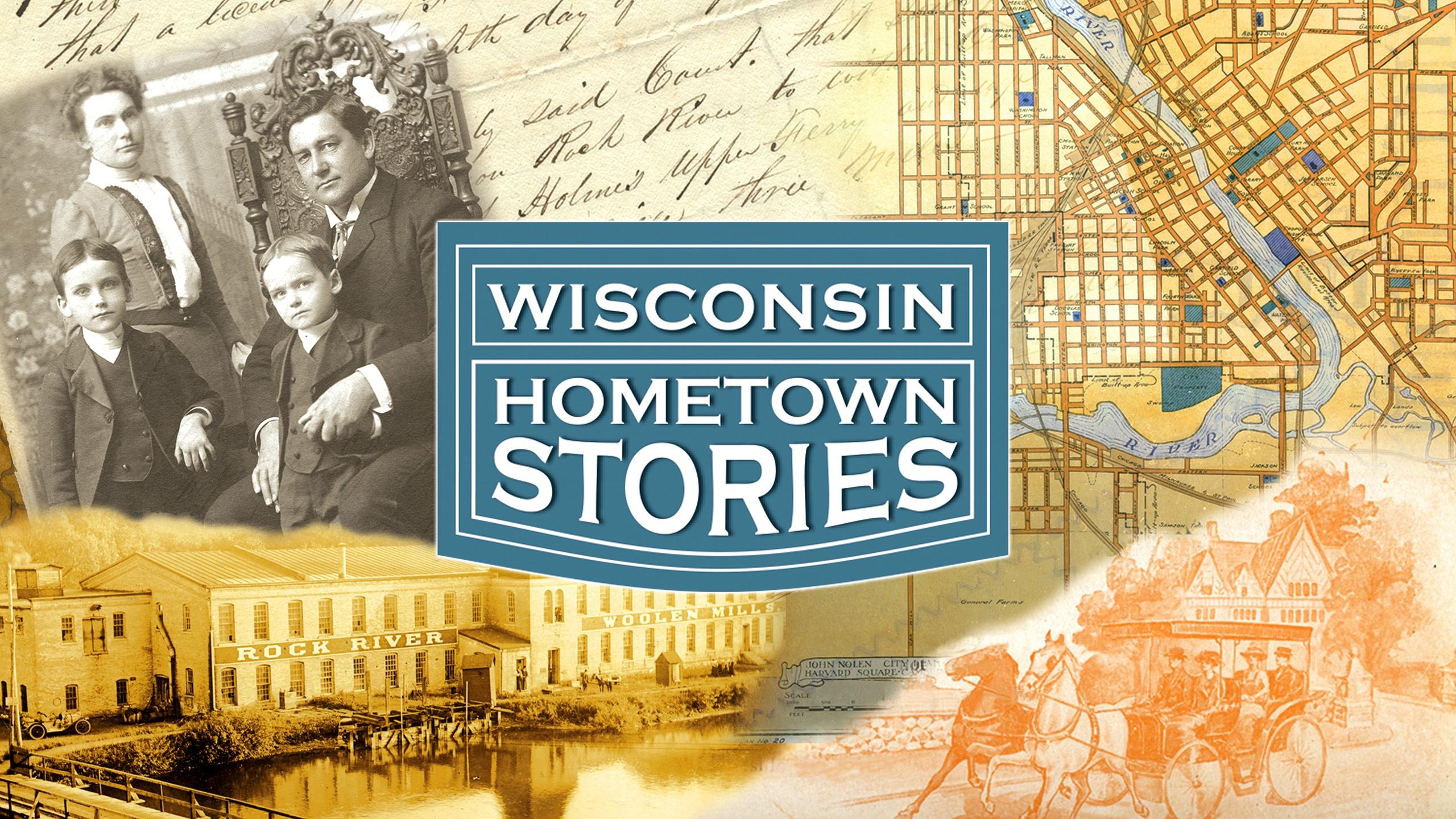Frederica Freyberg:
A case before the Wisconsin Supreme Court could upend state district voting maps. And the new balance on the high court suggests the liberal majority could find the maps unconstitutional. Marisa Wojcik has more.
Attorney # 1:
What we have here today is a constitutional violation.
Marisa Wojcik:
When the Wisconsin Supreme Court heard oral arguments challenging the state’s legislative voting maps, it felt a little like Groundhog’s Day.
Attorney # 1:
The districts aren’t contiguous and they violate the separation of powers.
Marisa Wojcik:
Plaintiffs say the case now before the court makes different challenges not addressed by the court in 2022, the last time it ruled on the state’s district maps. The new arguments primarily centered around the contiguity of some districts, says Marquette Law School Research fellow John Johnson.
John Johnson:
They have weird little island areas that are disconnected from the rest of them.
Marisa Wojcik:
These islands were caused by towns being annexed from municipalities over time. One party argued the result violates state constitutional requirements because these districts are not physically contiguous. The other side says contiguity has a broader definition and the lines as drawn have 50 years of precedent behind them. If the court were to find the maps unconstitutional, an alternative would be needed.
John Johnson:
I think if they choose the separation of powers complaint, then they have to institute entirely new maps. If they only threw out the maps on the basis of the contiguity challenge, then perhaps they would try to come up with a new map that only solves that problem because the contiguity issue does not affect every district. It affects about half the districts in the state.
Marisa Wojcik:
Experts caution the justices not to redraw the maps themselves, calling it a slippery slope.
Rebecca Dallet:
If we are to find these maps unconstitutional and we were to turn to a map — someone to help draw the maps, do you have names of people that you would suggest?
Marisa Wojcik:
Justice Brian Hagedorn pushed both parties on what true partisan fairness looks like for Wisconsin.
Brian Hagedorn:
What would be neutral? What’s the acceptable range of republican or democratic-leaning Assembly districts or Senate districts that’s within the permissible range?
Attorney # 2:
The key question is which maps are most likely to support rather than thwart majority rule.
Marisa Wojcik:
Current maps have Assembly Democrats holding 35 seats. Republicans have 64. There are many methods to draw maps and Johnson says it is possible to calculate a range of partisan fairness.
John Johnson:
Mathematicians have really pioneered over the last few years is using algorithms to generate enormous ensembles. You do that in Wisconsin, you get in the neighborhood of 55, 56, maybe 57 seats leaning Republican in a 50/50 year. It’s consequential because our technology allows us to more precisely target certain kinds of voters. In a fundamental way, gerrymandering works because voters are so polarized between the parties, and I think that that means that really any solution is going to leave a lot of people deeply disappointed.
Marisa Wojcik:
No matter how the court rules, there’s no guarantee this won’t happen all over again.
Supreme Court Justice:
Is there any end to this litigation?
John Johnson:
We’re making it up as we go along. If the balance of power on the Supreme Court changed, you could be right back here again.
Marisa Wojcik:
If the maps are found unconstitutional, new ones would be needed prior to the 2024 elections. Reporting for “Here & Now,” I’m Marisa Wojcik.
Frederica Freyberg:
Following oral arguments, the court is expected to issue its ruling no later than early 2024.
Search Episodes

Donate to sign up. Activate and sign in to Passport. It's that easy to help PBS Wisconsin serve your community through media that educates, inspires, and entertains.
Make your membership gift today
Only for new users: Activate Passport using your code or email address
Already a member?
Look up my account
Need some help? Go to FAQ or visit PBS Passport Help
Need help accessing PBS Wisconsin anywhere?

Online Access | Platform & Device Access | Cable or Satellite Access | Over-The-Air Access
Visit Access Guide
Need help accessing PBS Wisconsin anywhere?

Visit Our
Live TV Access Guide
Online AccessPlatform & Device Access
Cable or Satellite Access
Over-The-Air Access
Visit Access Guide
 Passport
Passport






Follow Us